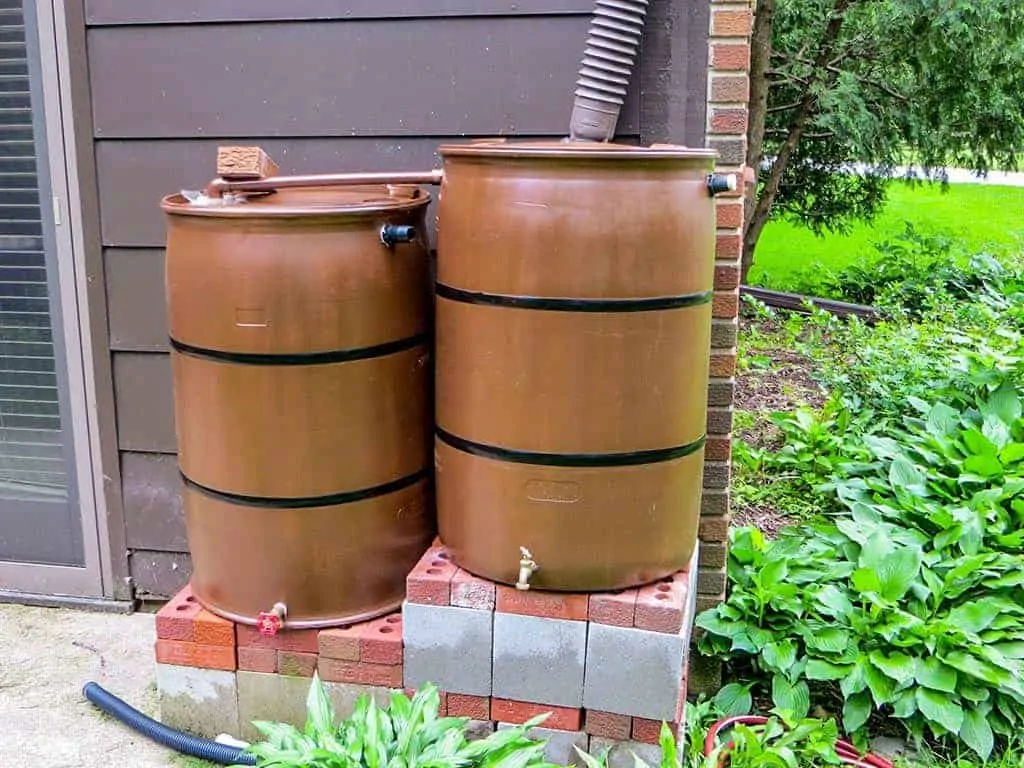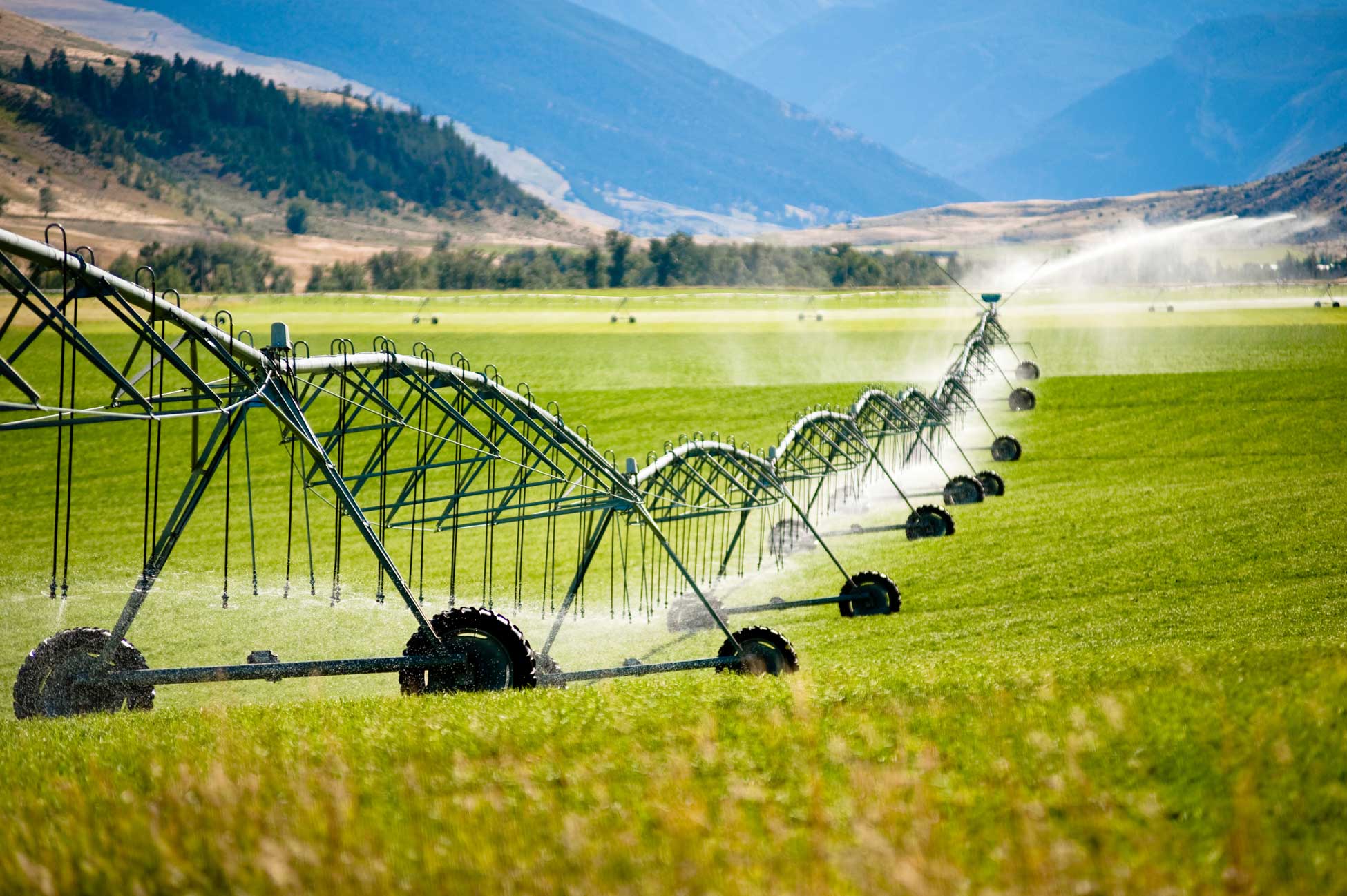How to Create a Rainwater Collection System for Gardening

Imagine transforming every raindrop into a precious resource for your garden. With a rainwater collection system, you can do just that. Not only does it save you money on water bills, but it also promotes sustainable living and helps you create an eco-garden. So, are you ready to harness the power of nature and give your plants the purest water they can get? Let's dive in!
Understanding Rainwater Collection
Rainwater collection, also known as rainwater harvesting, is simply the process of collecting and storing rainwater for later use. It's not a new concept; it has been practiced for centuries in many cultures. But with the increasing demand for water and the rising cost of municipal water, it's gaining popularity among modern gardeners and homeowners.
Why Create a Rainwater Collection System for Gardening?
Creating a rainwater collection system for gardening has numerous benefits. It's an excellent way to conserve water, reduce your water bill, and minimize your environmental impact. Rainwater is also better for your plants because it's free from chemicals like chlorine and fluoride found in tap water. Plus, it's a great way to become more self-sufficient and embrace sustainable living.
Getting Started: What You'll Need
Before you start, let's gather the essential components of a rainwater collection system.
- Catchment Area: This is typically your roof. It collects the rainwater and directs it to the conveyance system.
- Conveyance System: Gutters and downspouts that transport the water from the catchment area to the storage container.
- Storage Container: This could be a rain barrel, cistern, or tank. It stores the water until you're ready to use it.
- Distribution System: This is how you'll get the water from the storage container to your garden. It could be a simple watering can, a hose, or even an irrigation system.

Setting Up Your Rainwater Collection System
Step 1: Choose Your Rain Barrel
The rain barrel is the heart of your rainwater collection system. When choosing a rain barrel, consider its capacity, material, and whether it comes with features like a screen to keep out debris and a spigot for easy water distribution.
Step 2: Install the Rain Barrel
- Choose a Location: Place your rain barrel under a downspout. Make sure it's on a level surface to prevent tipping.
- Install the Downspout Diverter: This device directs water from the downspout into the rain barrel.
- Connect the Rain Barrel: Attach the rain barrel to the downspout diverter. Ensure it's secure and sealed to prevent leaks.
Step 3: Set Up the Overflow System
An overflow system is crucial to direct excess water away from your home's foundation. You can use an overflow hose or link multiple rain barrels together to increase your water storage capacity.
Maintaining Your Rainwater Collection System
Regular maintenance is key to keeping your rainwater collection system in tip-top shape. Here are some tips:
- Clean Your Gutters: Remove leaves, twigs, and other debris from your gutters regularly to prevent clogs.
- Inspect Your Rain Barrel: Check for cracks, leaks, or other damage. Make sure the screen is clean and free of debris.
- Drain Your System: Before the first freeze of the season, drain your rain barrel to prevent ice damage.
Using Your Rainwater Collection System for Gardening
Now that your system is set up, it's time to put that rainwater to good use! You can use a watering can for small gardens or install an irrigation system for larger ones. Remember, rainwater is great for plants, but it's not potable. Always use safe drinking water for yourself and your pets.

Taking Your System to the Next Level
If you're feeling ambitious, consider these upgrades to your rainwater collection system:
- Filtration System: Add a filter to remove impurities and improve water quality.
- Pump: Install a pump to increase water pressure and make distribution easier.
- Automatic Irrigation: Connect your rainwater collection system to an automatic irrigation system for hands-off watering.
Conclusion: Embrace Sustainable Living
Creating a rainwater collection system for gardening is more than just a way to save water and money. It's a step towards sustainable living, a chance to connect with nature, and a rewarding hobby. So, why not start today? Your garden—and the planet—will thank you.
FAQs
How much rainwater can I collect? The amount of rainwater you can collect depends on the size of your catchment area and the amount of rainfall. You can calculate it using the formula: Rainfall (in inches) x Catchment Area (in square feet) x 0.623 = Gallons of Water Collected.
Can I use rainwater for my vegetable garden? Yes, rainwater is great for vegetable gardens. It's free from chemicals and has a balanced pH, which plants love.
How do I prevent mosquitoes from breeding in my rain barrel? You can prevent mosquitoes by ensuring your rain barrel is tightly sealed, using a fine mesh screen to keep out insects, and adding a few drops of environmentally friendly dish soap to disrupt the water's surface tension.
What if I don't have gutters? If you don't have gutters, you can still collect rainwater using a flexible downspout extender or a rain chain that directs water into your rain barrel.
Is rainwater collection legal in my area? Rainwater collection laws vary by location. It's always a good idea to check your local regulations before setting up a system.
For more information on rainwater collection, visit the Environmental Protection Agency's guide on rainwater harvesting or explore the American Rainwater Catchment Systems Association website. Happy harvesting!
0 Response to "How to Create a Rainwater Collection System for Gardening"
Post a Comment